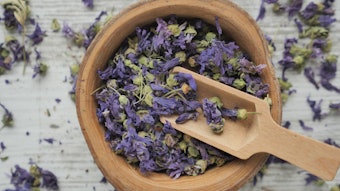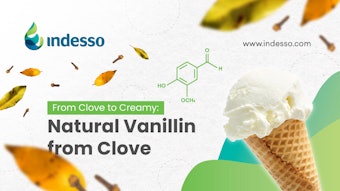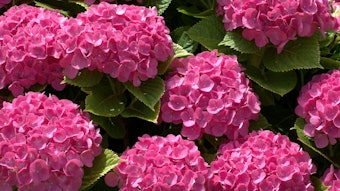As the recent history of the ISO/TC 54 committee shows, the development of the work program was interrupted for some years owing to problems with the former secretariat. After the replacement of this secretariat in 1993, a very big effort has been made to boost and relaunch the work program.
The international meeting held in Madrid in 1994 was the first organized by AENOR, the ISO member body for Spain, after its election as the international ISO TC-54 Secretariat, supported by STANPA. The first step was to reorganize the work and adapt it to the current world situation. A priority list was devised for the nearly 100 work items included in the ISO/TC 54 work program, which were at different stages of development. At this meeting, I had the honor of being elected TC chairman. The following international meeting, held in Paris in 1996, was as successful as that in Madrid, and, at long last, the function of the organization was finally settled and some important points regarding essential-oil trade and future trends were fully discussed. ISO/TC 54 held its next international meeting in New York at the beginning of December 1998, where committee members discussed some important standards regarding quality, legislation, analysis, etc.
Breakdown Until recently, ISO/TC 54 work on standardization could be classified into the following areas:
• Developing specific monographs for quality standardization on every essential oil. Examples of the latest published monographs are: ISO 3141:1997, oil of clove leaves; ISO 3216:1997, oil of cassia, Chinese type; or ISO 3528:1997, Oil of Mandarin, Italian type. • Standardization of analytical methods to control quality, ISO 7609:1985, essential oils, analysis by gas chromatography on capillary columns; or ISO 1242:1973, essential oils, determination of the acid value. • Requirements for transport, packaging and marking; ISO/DIS 210, general rules for packaging, conditioning and storage; ISO/DIS 211, general rules for labeling and marking of containers. • Nomenclature, botanical names, ISO 4720, nomenclature, etc.










